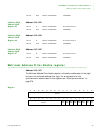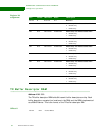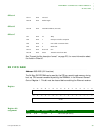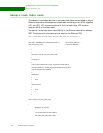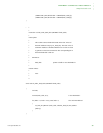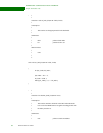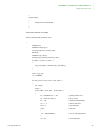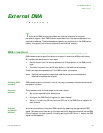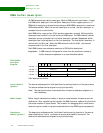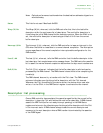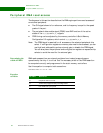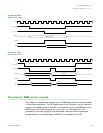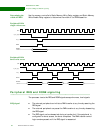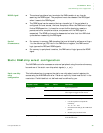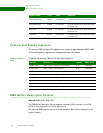
. . . . .
EXTERNAL DMA
DMA transfers
www.digiembedded.com 339
External DMA
CHAPTER 6
The external DMA interface provides two external channels for external
peripheral support. Each DMA channel moves data from the source address to the
destination address. These addresses can specify any peripheral on the AHB bus but,
ideally, they specify an external peripheral and external memory.
. . . . . . . . . . . . . . . . . . . . . . . . . . . . . . . . . . . . . . . . . . . . . . . . . . . . . . . . . . . . . . . . . . . . . . . . . . . . . . . . . .
DMA transfers
DMA transfers can be specified as burst-oriented to maximize AHB bus efficiency.
All transfers are performed in two steps:
1 Data is moved from the source address to a 32-byte buffer in the DMA control
logic.
2 The data is moved from the 32-byte buffer to the destination address.
These two steps are repeated until the DMA transfer is complete.
Note:
Optimal performance is achieved when both the source address and
destination address are aligned.
Initiating DMA
transfers
DMA transfers can be initiated in one of two ways: processor-initiated and external
peripheral initiated.
Processor-
initiated
The processor must do these steps in the order shown:
1 Set up the required buffer descriptors.
2 Configure the DMA Control register for each channel.
3 Write a 1 to both the CE field and the CG field in the DMA Control register for
each channel.
External
peripheral-
initiated
An external peripheral initiates a DMA transfer by asserting the appropriate REQ
signal. Software must have set up the required buffer descriptors as well as the DMA
Control register for each channel, including setting the CE field to 1, before the REQ
signal can be asserted.



